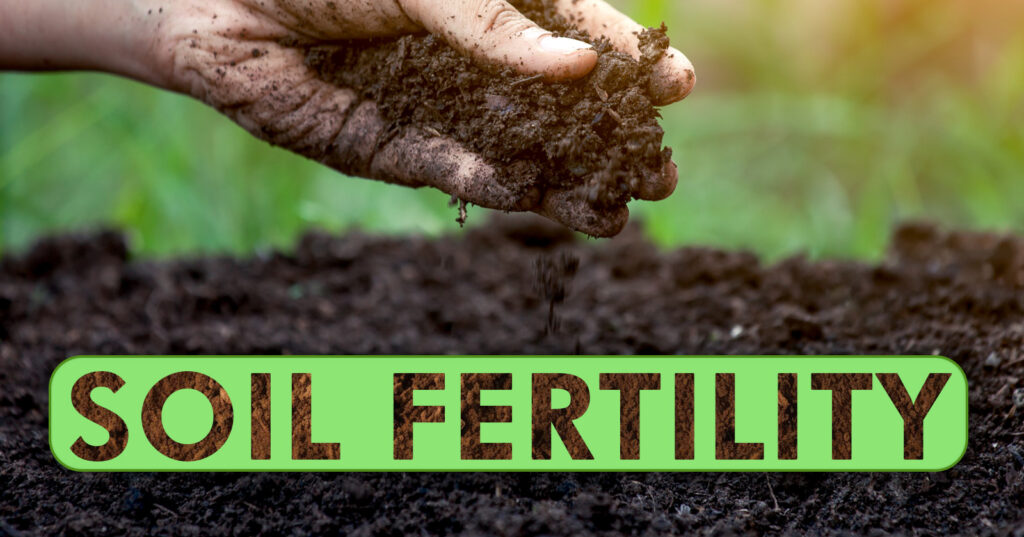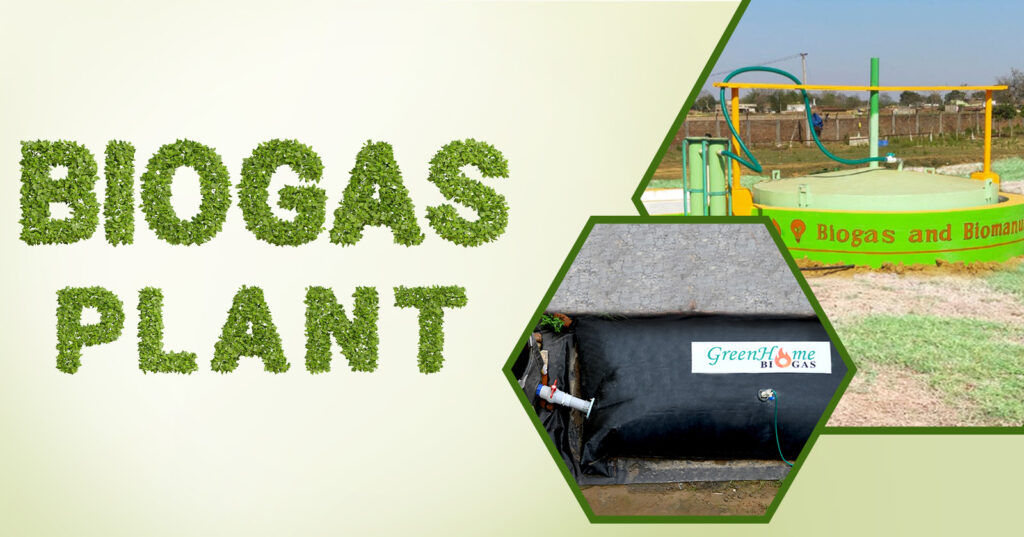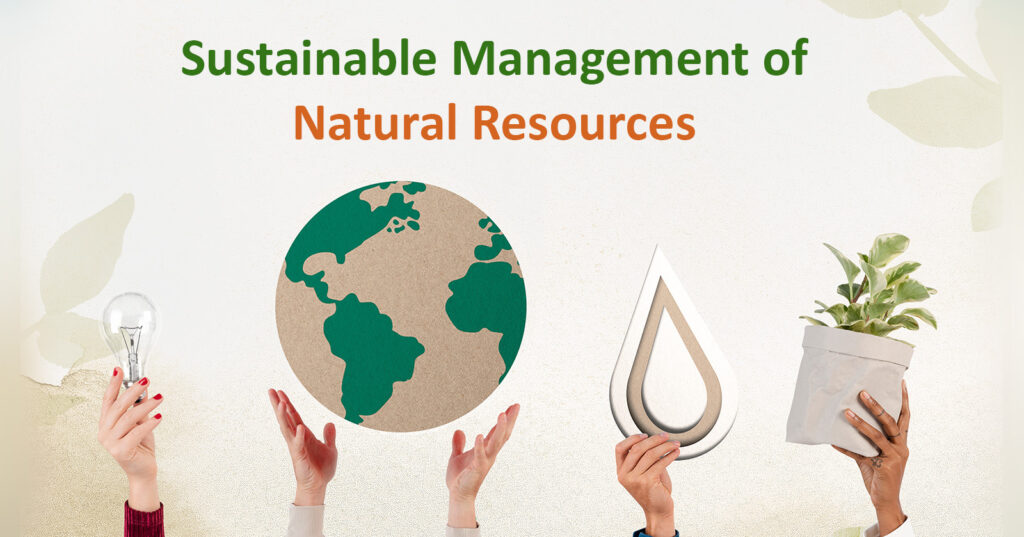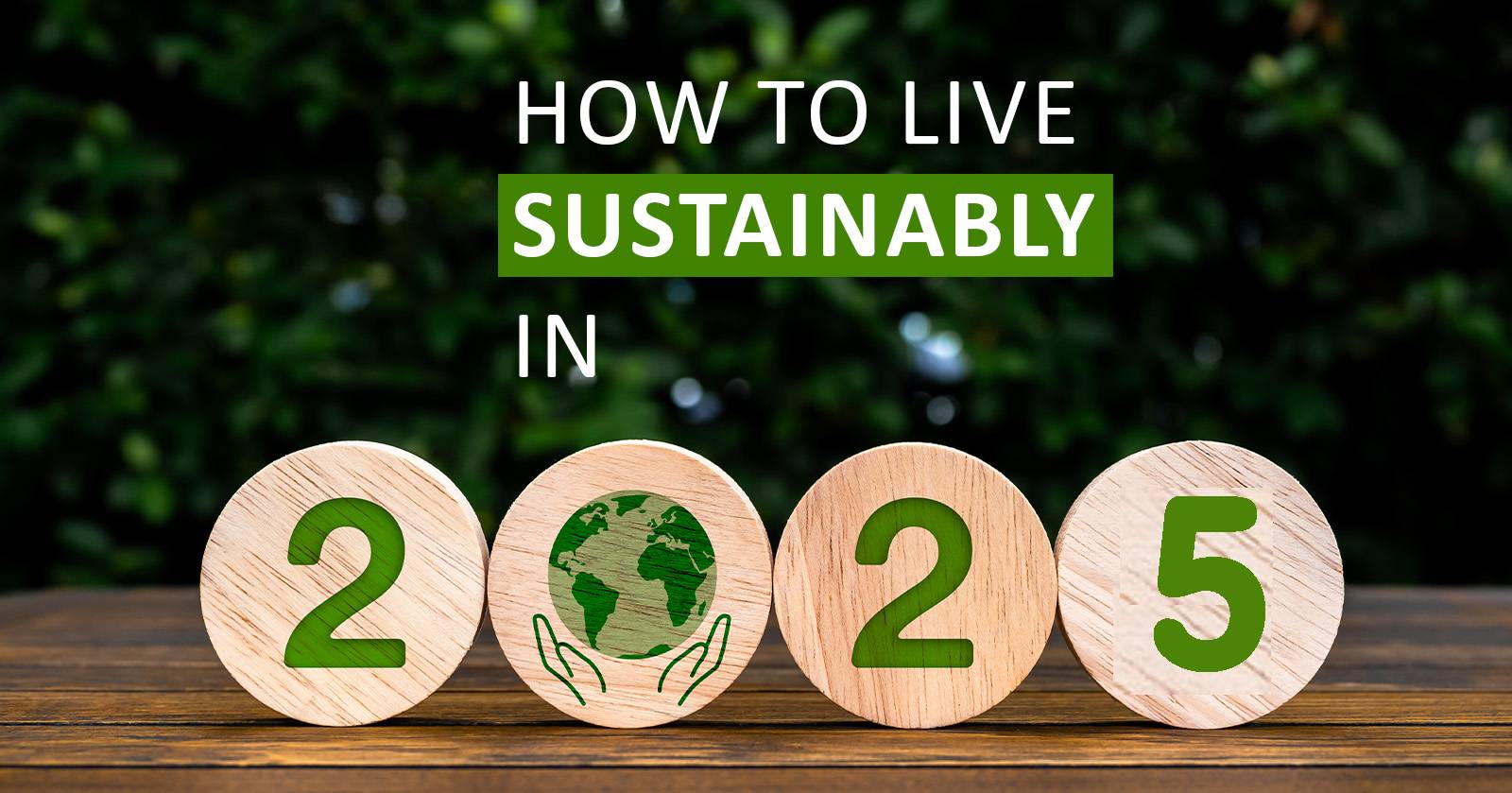Live Sustainably: Achieving a Sustainable Future
Sustainability refers to the ability to meet the needs of the present without compromising the ability of future generations to meet their own needs. Sustainable living practices aim to balance economic, environmental, and social considerations to ensure long-term viability and resilience.
Sustainable living practices aim to balance economic, environmental, and social considerations to ensure long-term viability and resilience.
To ensure a sustainable future, we must balance environmental protection with economic and social development. This involves making daily lifestyle choices that help you live sustainably, from reducing waste and conserving water to switching to renewable energy sources.
How to live sustainably?
We all hear people talk about saving the planet, reducing pollution, and living in an eco-friendly way. But many of us wonder how we can actually live sustainably in our daily lives.
The good news is, to live sustainably, you don’t have to make big changes overnight. It simply means making small, mindful decisions every day that help reduce environmental harm and encourage responsible consumption.
We know the Earth faces many challenges, pollution, climate change, and overuse of natural resources. When you live sustainably, you help fight these problems by saving energy, reducing waste, and being more conscious about what you buy and use.
Adopting an eco-friendly lifestyle means making conscious choices every day that protect the environment and promote sustainability.
Simple actions like switching off lights when not needed, avoiding plastic, walking or cycling short distances, and choosing eco-friendly products are effective ways to live sustainably.
6 Ways to Live More Sustainably and Save Money
1. Renewable Energy Adoption

The first step towards creating a sustainable ecosystem is eradicating the sources of energy that are pollution-generating and non-renewable.
Living an eco-friendly lifestyle not only helps the planet but also improves your personal health and well-being.
Adopting eco-friendly energy sources like biogas, installing solar plants at home, reducing the consumption of electricity, and installing eco-friendly appliances that save electricity are a few of the steps that can not only save your electricity bill but also reduce your carbon footprint.
2. Green Transportation

According to a dataset released in 2022, the total number of vehicles in our country is 326.4 million. Imagine the amount of emissions from these vehicles and their total carbon footprint.
With a contribution of 24 % of the carbon emissions vehicles running on the roads are one of the major sources of emissions in the country, to remove this we can adopt various sustainable alternatives, travelling on a cycle for short distances, using public transport or switching to eco-friendly vehicles that run on alternate energy sources like Bio-CNG and electricity.
3. Waste Reduction

India ranks among the top 10 countries globally in the generation of municipal solid waste. A report from The Energy and Resources Institute (TERI) reveals that India produces more than 62 million tons (MT) of waste annually, out of which 31 MT of waste annually is getting dumped in landfills.
This waste dumped in landfills contributes to GHG emissions. Therefore, adopting sustainable practices like abstaining from the use of single-use plastics and using eco-friendly alternatives like jute bags, composting or using organic waste to generate biogas are some of the ways one can decrease waste generation on an individual level.
4. Organic Waste Management

Decreasing the waste being generated is the first step, but since you can’t eradicate the organic waste being generated in a household, managing it correctly becomes a crucial step. One eco-friendly solution that shines in the dark and provides multiple benefits, along with the management of waste, is the installation of a biogas plant.
A biogas plant reduces methane emissions by decomposing organic matter, mitigating the greenhouse gas impact. Secondly, the produced biogas serves as a renewable energy source for electricity or cooking, decreasing reliance on non-renewable fuels. The nutrient-rich slurry the by product enhances soil fertility, reducing the need for chemical fertilizers and promoting sustainable agriculture.
This process helps mitigate the issue of waste management by turning the organic waste into multiple valuable resources. Installing biogas plants helps in creating a more sustainable, eco-friendly, and circular approach to waste management.
5. Water Conservation

Water is a precious resource, and conserving it is crucial for sustainability. Simple habits like fixing leaky faucets, taking shorter showers, and installing water-saving devices in your homes and commercial spaces can significantly reduce water consumption.
Installing STP in your residential areas and using the treated water for non-potable purposes like watering plants or flushing toilets, and installing flush-free urinals in your office space are some of the sustainable and eco-friendly water-saving technologies one can adopt. An eco-friendly lifestyle promotes harmony between humans and nature, leading to a cleaner, greener planet for future generations.
6. Conscious Consumption

Adopting a minimalist lifestyle and practicing conscious consumption can reduce waste and conserve resources. Before making a purchase, consider whether you need the item or not, pick up durable, high-quality, and eco-friendly products, and support companies with sustainable and ethical practices.
The Importance of Sustainable Living
- Environmental Preservation: Sustainable living helps preserve natural resources, reduce pollution, and minimize the impact on the environment. This in turn, contributes to the conservation of biodiversity and ecological balance.
- Climate Change Mitigation: By reducing greenhouse gas emissions and promoting renewable energy sources, sustainable living plays a crucial role in mitigating climate change and limiting its impacts on the planet.
- Resource Conservation: Sustainable living practices focus on responsible use of resources such as water, energy, and materials, helping to conserve finite resources and ensure we leave some for future generations.
- Health and Well-being: Sustainable living promotes healthier lifestyles by encouraging the consumption of organic and locally sourced foods, reducing exposure to harmful chemicals, and use of eco-friendly products.
- Long-term Sustainability: By prioritizing long-term sustainability over short-term gains, sustainable living helps build a greener and better future for current and future generations.
Final Thoughts
In conclusion, embracing renewable energy, green transportation, waste reduction, and organic waste management is key to living sustainably. Additionally, conserving water, practicing conscious consumption, and supporting sustainable initiatives are crucial.
Investing in renewable energy and green technology is essential for creating a sustainable future. Together, these actions contribute to a greener future and a healthier planet. Let’s commit to making small changes today for a more sustainable tomorrow.
Frequently Asked Questions (FAQs)
Question: What does sustainable living mean?
Answer: Sustainable living is about making small changes in daily life to save water, energy, and resources, and to keep the planet clean.
Question: How can I start living sustainably at home?
Answer:
You can start living sustainably at home:
- Install solar panels or energy-efficient devices
- Reduce water wastage
- Avoid plastic bags and single-use products
- Compost organic waste
- Eco-friendly shopping choices.
Question: How does using biogas contribute to sustainability?
Answer: Biogas turns organic waste into clean energy, reduces methane emissions, and produces fertiliser for agriculture, making it a practical, eco-friendly solution.
Question: How can I reduce my carbon footprint from transport?
Answer: To reduce your carbon footprint from transport, use bicycles for short trips, switch to electric or Bio-CNG vehicles, use public transport, and reduce unnecessary travel to cut emissions.








